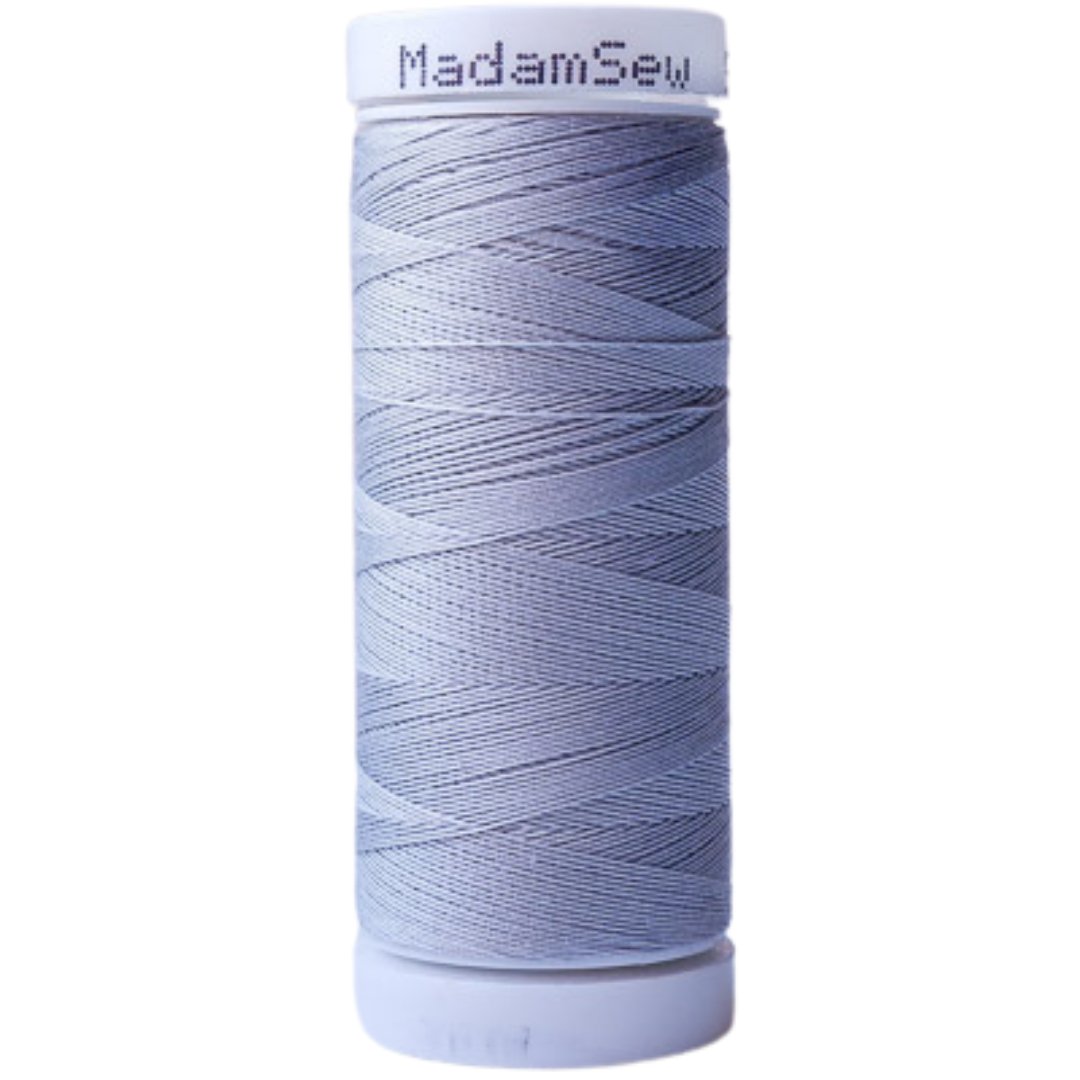Pin Basting a Quilt with Curved Pins
Hello all!
Today I want to share a simple tutorial with you. There are different ways to baste the three layers of a quilt to be able to actually quilt it: you can baste it the old fashioned way with needle and thread (but then you have to deal with pulling out all that thread, a lot of which will be caught in your quilting stitches), you can spray baste it (but then you have to deal with fumes and overspray on your floor or table) or you can use pins to baste it.
#2 Safety Pins vs #2 Quilting Curved Pins
#2 Safety Pins vs #2 Quilting Curved Pins
When you pin baste, you still have two options: you can use regular safety pins, or you can use these fabulous curved pins that will make your life much easier.
The difference between these two is subtle but clear: the quilting pins are slightly bent to make it easier both to come back up through the three layers, and to simplify closing the pin against your taut fabric.
Preparing Your Quilt Sandwich
Before you start basting, you need to prepare your three layers so that they are all flat and remain flat during the basting process. For this step, you will need your quilt top, batting and backing fabric, plus painter’s tape.
The first part of making the quilt sandwich is dealing with the backing, it is also the most involved, but it is more than worth the effort, as it will make it a lot easier to quilt later.
1. Place your backing fabric right side down on a flat, hard surface like a large table or a clean floor.
2. Tape it to your surface in the middle of both selvedges
3. Now you are going to start smoothing out one of the selvedges from the center out, and taping it down every six inches or so (I like to align it with the edge of a floor board). You are just smoothing it out, not stretching it. You may need to temporarily tape the center of the two other edges to avoid distorting the fabric too much, this may create some drag lines, but you will smooth those out later.
4. Now move to the other selvedge and repeat the process. Most likely you will need to readjust some of the pieces of tape that you have already laid down.
5. Repeat with the other two edges, carefully smoothing out any wrinkles but avoiding drag lines. Readjust previously laid down tape as necessary. In the image below, you can see how the fabric is completely taut, but not stretched.
Now lay your batting in the middle of the backing fabric and smooth it out towards the edges, it will grip the backing fabric, so you don’t need tape this time. The last thing to do is to lay your quilt top right side up on the batting and smooth it out.
Planning the Basting
To keep my layers as smooth as possible, I like to start basting from the center and move out towards the corners, smoothing out the fabric as I go. I put the first pin roughly in the middle of the quilt, and then the next ones about a fist width apart above and below and on both sides of that first one, making a cross.
Then I fill the corners, creating a square, and I continue with four new pins in the middle of each line and then move towards the corners. I go on creating concentric squares until I reach the selvedges and then fill the top and bottom of the rectangle.
Don’t get too hung up on perfect lines or squares, the goal is simply to have your layers really secure and to have some idea of where your next pin is going to show up when you are at the sewing machine.
A Couple Tricks For Using The Curved Pins
Now you are ready to finally start pinning! My quilt is 72x59” and I used about 200 pins. That’s a lot of pins to open, push and close (in fact, you may want to use a thimble to save your pushing finger).
So, first trick: keep you pins open! If you are starting with brand new boxes of pins there is no way around it, you are going to have to open each one, but remember to keep them open when you remove them as you quilt!
Second and important trick: Use a chopstick to help you push and close the pins. In the video below I show why. There is actually a tool they sell to help you close the pins, but I like my chopstick better because it’s more manageable to keep the fabric down as I push the pin up.
Curved Pins
How-To Video
And here is the basted quilt! Notice that the pins at the edges are unevenly spread, but it’s of no importance, you just want to make sure the layers are secure all around.
Do you think you’ll give the curved pins (and chopstick) a try next time you’re basting a quilt? Let us know how you like them in the comments!
















